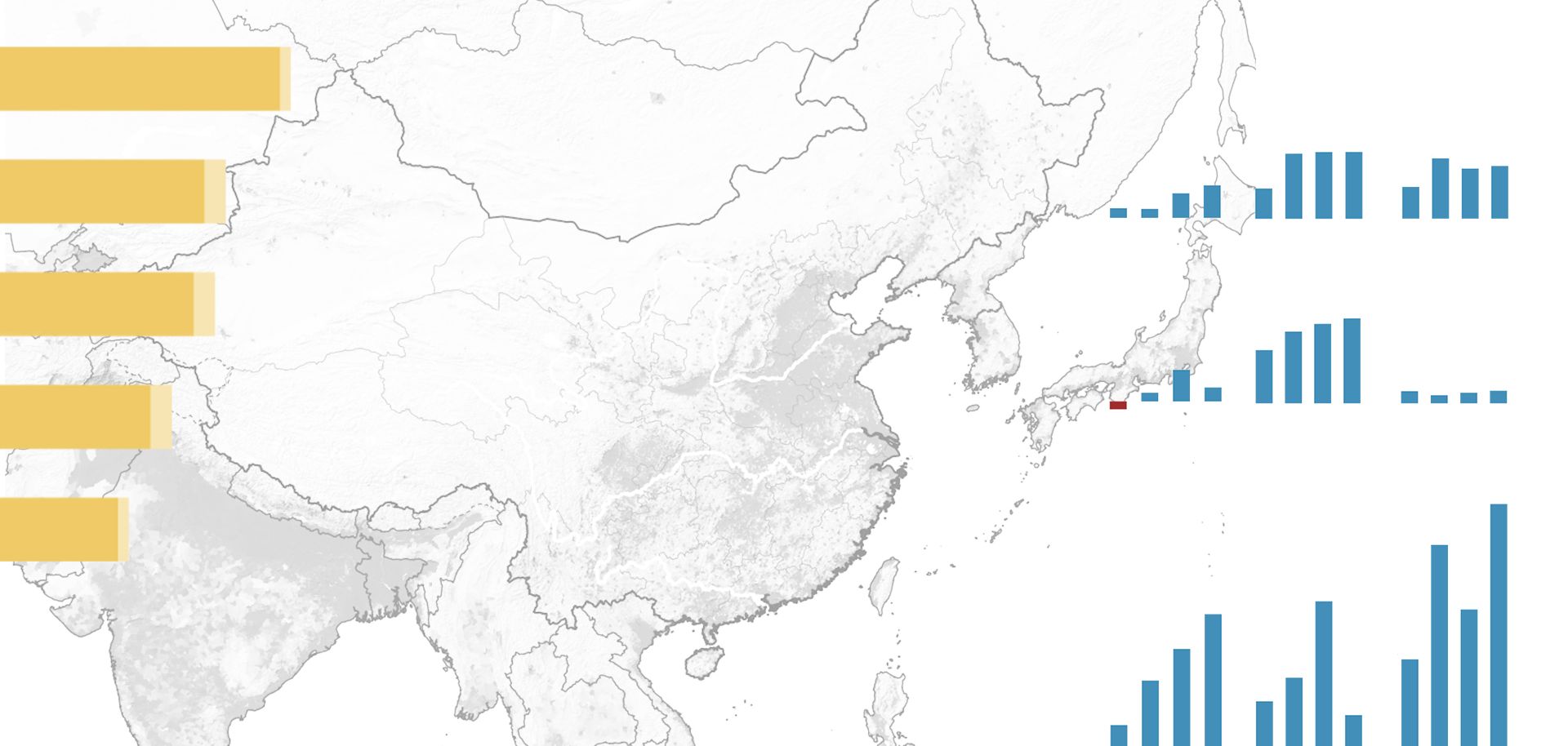
One of the United States' greatest geopolitical imperatives is to prevent the rise of regional hegemons with the ability to challenge it. Russia's historical dominance of Eurasia, the Soviet Union's rise as a superpower after World War II and its resulting political, economic and military rivalry with the United States have long made Russia a target of Washington's actions abroad. But the onset of the Cold War and the expansion of Soviet power — itself an outgrowth of Russia's own strategic imperatives to buffer its heartland from invasion — gave rise to a U.S. strategy known as containment. The policy essentially boiled down to blocking and countering the Soviet Union and its allies "whenever and wherever they posed a risk of gaining influence." It went on to serve as the principal U.S. strategy for dealing with the Soviet Union until its collapse in 1991.
Even after the demise of the Soviet Union, the United States continued to apply the idea of containment to the newly formed Russian Federation. Though Russia no longer posed a global challenge to the United States, it still wielded considerable demographic, economic and military resources. Those, along with its location, positioned Russia to re-emerge as a formidable regional power. In part to try to prevent its resurgence, the United States supported the expansion of NATO and the European Union into the former Eastern Bloc in the 1990s and early 2000s.
Yet by 2008, when NATO pledged to expand its membership into former Soviet republics abutting the Russian heartland such as Ukraine and Georgia, Russia had recovered much of its might. An economy buoyed by high oil prices and the consolidation of political power by President Vladimir Putin gave Russia the opportunity to send the message that it had resumed its role as a regional power. With its invasion of Georgia in August 2008, Moscow exposed the West's lack of commitment not only to Georgian security but also to that of other territories on the Russian periphery. President Barack Obama's policy reset all but failed as well as Russia challenged the West's position in Eurasia through the annexation of Crimea and the subsequent conflict in eastern Ukraine.
As President Donald Trump assumes office, Washington's relationship with Moscow could change. During his campaign, Trump highlighted the need for greater cooperation with Russia in the Syrian conflict. He also criticized the sanctions against Russia as ineffective and bad for business. Trump has even hinted that a bargain between Washington and Moscow could be in the making, saying the United States might ease sanctions against Russia in exchange for a nuclear arms reduction deal. But no matter who is in the White House, Washington's imperative to contain regional hegemons will continue to be a mainstay of its foreign policy.



